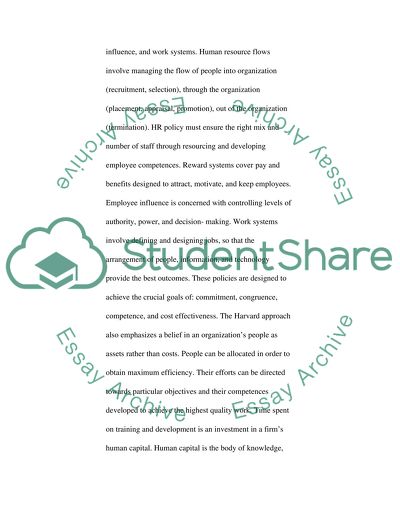Cite this document
(Development of Human Resource Management Models Term Paper - 4, n.d.)
Development of Human Resource Management Models Term Paper - 4. Retrieved from https://studentshare.org/human-resources/1537105-human-resource-management
Development of Human Resource Management Models Term Paper - 4. Retrieved from https://studentshare.org/human-resources/1537105-human-resource-management
(Development of Human Resource Management Models Term Paper - 4)
Development of Human Resource Management Models Term Paper - 4. https://studentshare.org/human-resources/1537105-human-resource-management.
Development of Human Resource Management Models Term Paper - 4. https://studentshare.org/human-resources/1537105-human-resource-management.
“Development of Human Resource Management Models Term Paper - 4”, n.d. https://studentshare.org/human-resources/1537105-human-resource-management.


